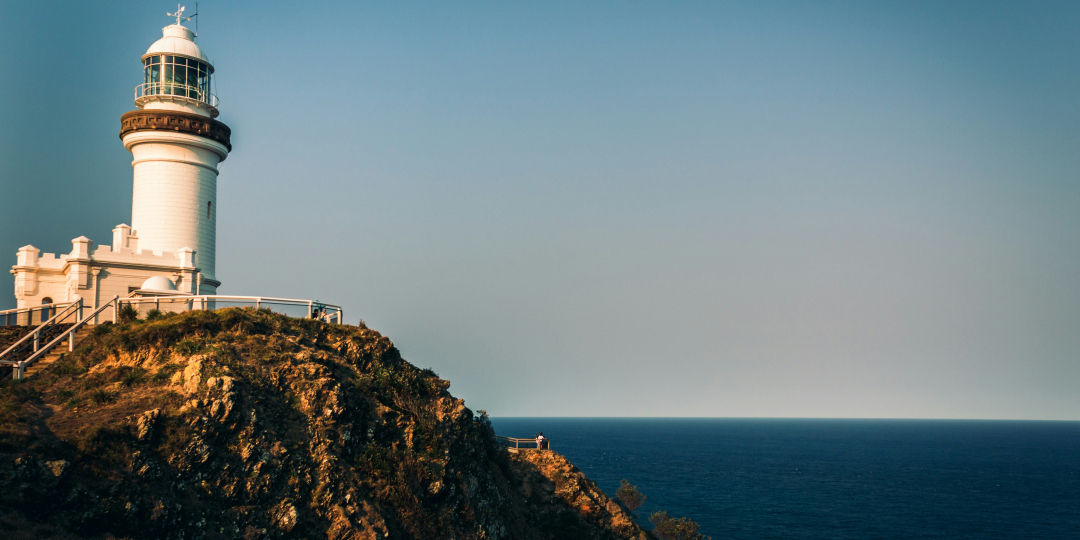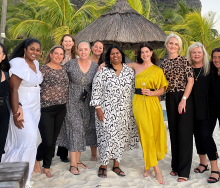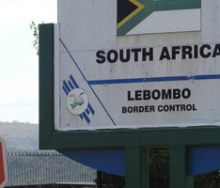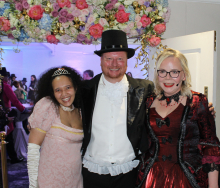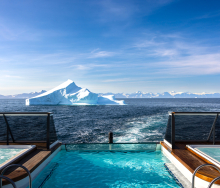Two key tourist locations in Byron Bay, Australia, are receiving new Aboriginal names, announced the New South Wales Geographical Names Board earlier this month.
Cape Byron, the location of the Byron Bay lighthouse and the easternmost point of mainland Australia, will now be known as Walgun, which means ‘shoulder’ in the Bundjalung language. Cape Byron is a popular whale-watching and hiking location. The Bundjalung people also use it for gatherings and ceremonies.
Julian Rocks is also receiving a new name. One of the top sites in Australia for scuba diving due to its biodiversity and marine life, the two islets off the Byron Bay coast are important to the Arakwal people.
In an Arakwal story, Nguthungulli, the father of the world, rests in a cave at Julian Rocks. The location has now been renamed Nguthungulli.
Embracing their cultural roots, the two locations will be dual-named, with both Aboriginal and European names being recognised and holding equal status.
“The Arakwal and other Bundjalung people have had unbroken connections to these places through story, kinship and language since the first sunrise. It is only right to honour that history and that connection through names that bring story and language to life,” said David Harris, Minister for Aboriginal Affairs.
